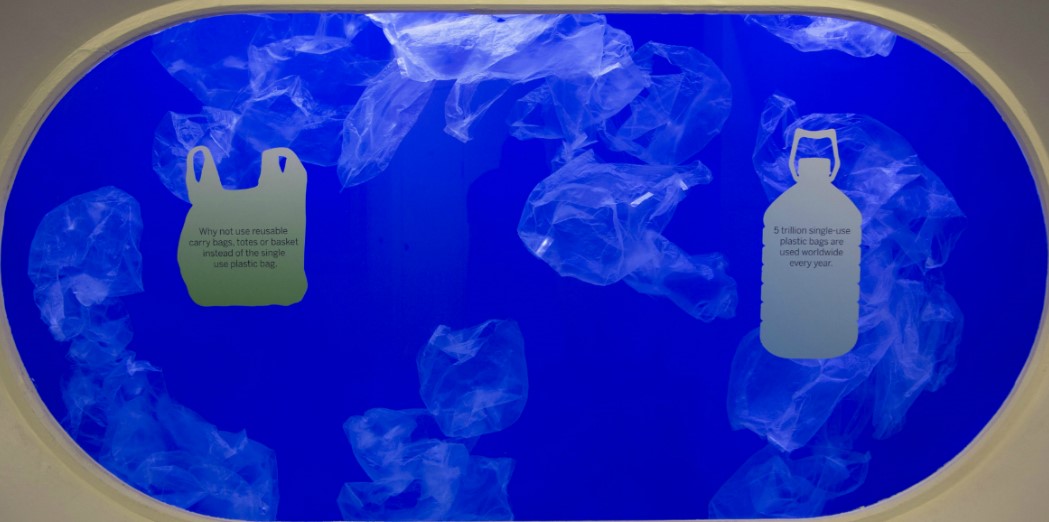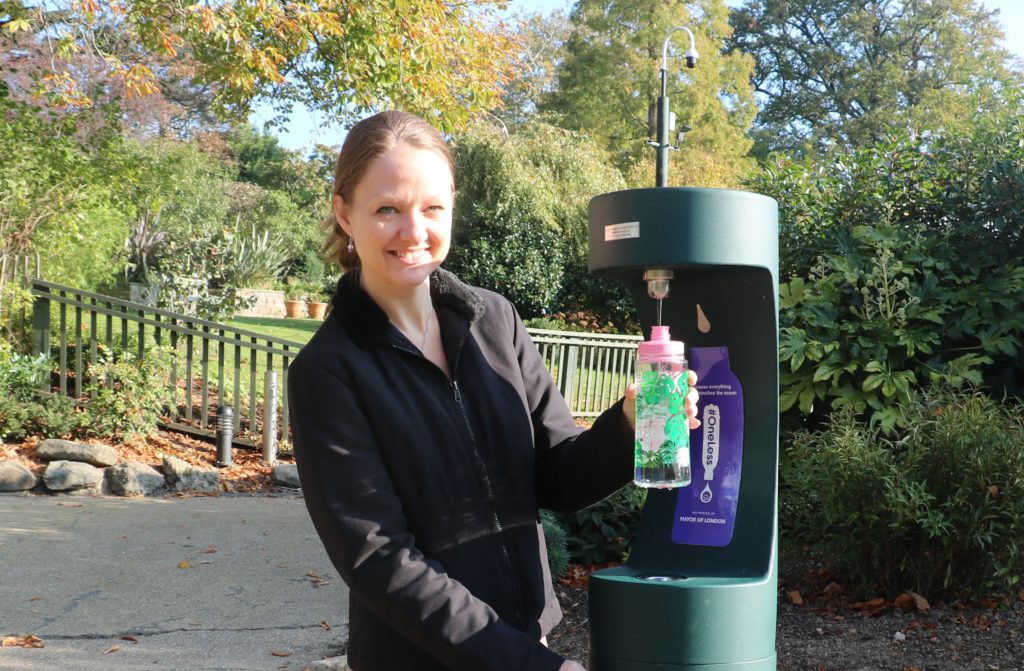- Posted on February 11th, 2020
Horniman: A Museum For The Future

As a museum in which nature and culture can be viewed together, the Horniman Museum and Gardens, London, has long been concerned with environmental issues, and the impact of human activity on our world. They have a long track record of practical environmental action, for example: reusing water – 187,000 litres each year – from the Aquarium water filters to water the plants in its gardens; providing water refill points as part of the #OneLess Refill campaign; charging for plastic bags and using proceeds to fund conservation research; providing free range, Fair Trade, locally and sustainably sourced food in their café and; setting up the Horniman Market to support locally sourced and locally sold goods, to the composting of garden and food waste on-site.

Awards and interventions
Horniman Museums and Gardens now hold the Green Flag venue and Green Tourism Gold Award for their achievements in prioritising environmental sustainability internally and externally. Their well-managed use of outdoor space and greener business operations has meant that environmental issues are now also increasingly reflected in both visitor engagement, for example through its Green Visitor Guide, and creative programming, for example its 2019 Beat Plastic Pollution intervention in its Aquarium.
Declaring a climate emergency
Following the appointment of its new CEO in 2018, the Horniman Museums and Gardens have been looking at what the climate and ecological crisis mean for it as an organisation. Its new mission is to connect us all with global cultures and the natural environment, encouraging us to shape a positive future for the world we all share. This is shaping development of the Horniman’s 10-year framework plan, which includes refurbishment of the Natural History Gallery and the Aquarium. In 2019, the Horniman declared a climate emergency, and premiered a new exhibition, MELTDOWN: Visualizing Climate Change by Project Pressure. In 2020 it will be launching its new Climate and Ecology Manifesto.
“As the prominence of climate change has grown in the public arena, so too has our ambition to use our collections, estate and position at the heart of our local community to both make and inspire change. The annual Arts Council environmental report is really useful because it allows us to benchmark our data against the sector average, as well as providing practical case studies which we use for inspiration. On top of this, Julie’s Bicycle has a great set of tools and guidance about things like waste and green travel plans, which mean that we don’t have to reinvent the wheel when we want to focus on a particular area for improvement.”
Kirsten Walker, Director of Collections Care and Estates, Chair of the Horniman’s Climate and Ecology Action Group, Horniman Museums and Gardens, London
Images courtesy of Horniman Museum and Gardens
******
Feeling Inspired? Find out about how your organisation could rise to the climate challenge through our Creative Green Certification Programme – which inspires and celebrates environmental best practice for events, venues, museums, galleries, festivals and offices across the creative sector. Find out more and apply now!
